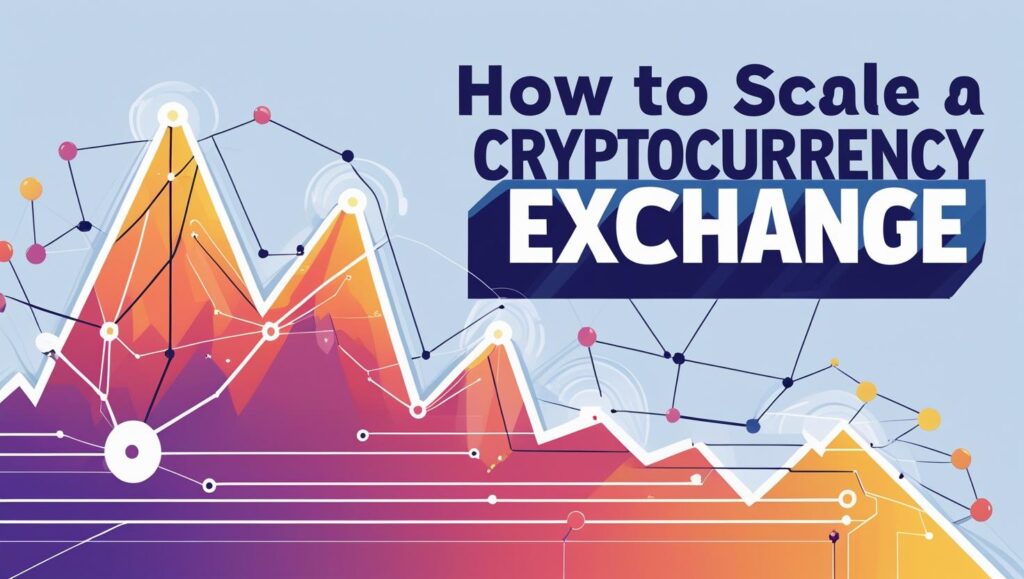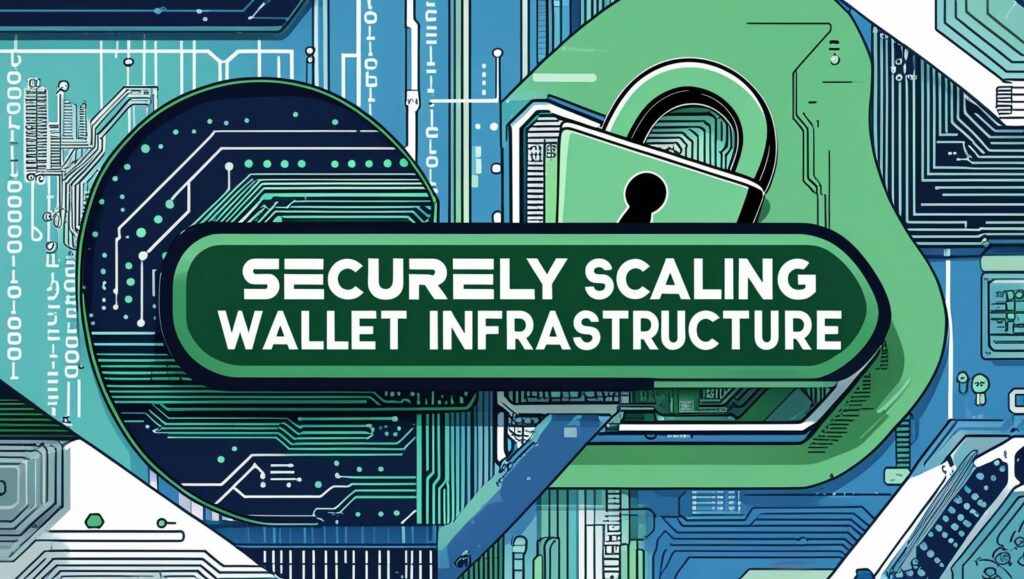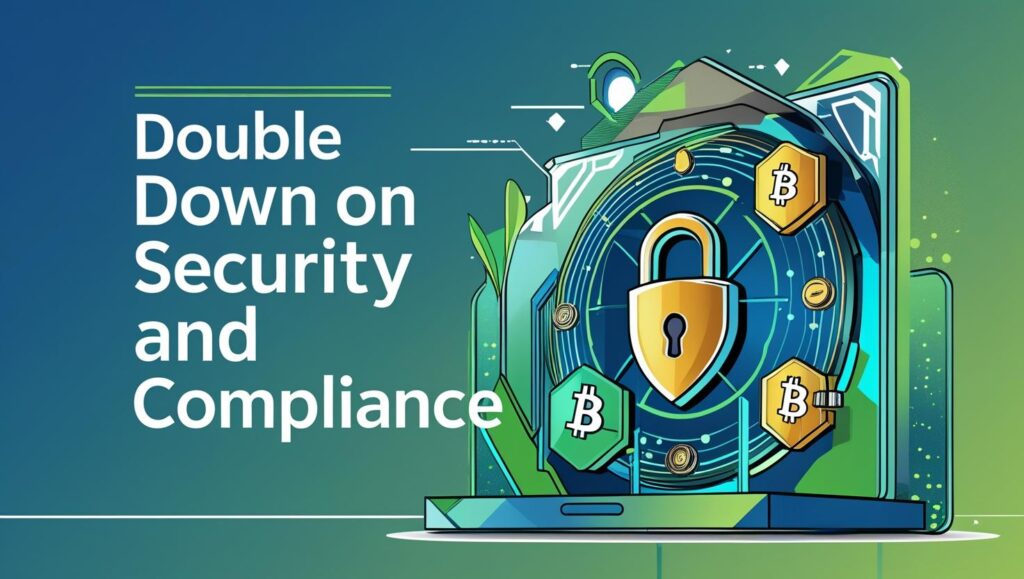
As cryptocurrencies go mainstream, running a crypto exchange is no longer just about having a basic trading platform. If you want to survive (and thrive) in the high-stakes world of digital assets, you need to scale — and scale smartly.
But scaling a crypto exchange isn’t just about handling more users or higher volumes. It’s about performance, security, liquidity, compliance, and user experience — all at once.
🔧 1. Build Scalable Infrastructure from Day One

Before you worry about growing your user base, make sure your foundation is solid.
- Use cloud platforms like AWS, GCP, or Azure to auto-scale resources as demand grows.
- Deploy with Kubernetes or similar orchestration tools to manage microservices effectively.
- Adopt a microservices architecture to decouple critical components like the wallet system, KYC verification, and the trading engine — allowing each to scale, update, and deploy independently without affecting the rest of the platform..
- Ensure high availability with redundancy and disaster recovery across multiple regions.
💡 Tip: Avoid building a monolith. You’ll regret it when your user base explodes.
⚡ 2. Supercharge the Order Matching Engine

At the center of every crypto exchange is the matching engine — it must operate with exceptional speed and unwavering reliability to keep trades flowing smoothlyBuild it in high-performance languages like Rust or C++.
- Use in-memory data structures to process trades in milliseconds.
- Ensure concurrency and consistency under load — you’re potentially dealing with thousands of trades per second.
Remember, one second of delay = lost trust (and users).
🔐 3. Scale Wallet Infrastructure Securely

As your user base grows, so does your responsibility to protect their funds.
- Use a tiered wallet system:
o 🔥 Hot wallets: For real-time withdrawals
o 🌡️ Warm wallets: For moderate liquidity
o ❄️ Cold wallets: For long-term storage, fully offline - Automate wallet rebalancing so funds move securely between tiers.
- Implement multi-signature or MPC (multi-party computation) for secure transaction approvals.
🚦 4. Handle API Load Like a Pro

As your exchange grows, traders, bots, and integrators will hit your APIs hard.
- Set rate limits by IP, user, and application.
- Leverage API gateways such as Kong, NGINX, or AWS API Gateway to efficiently manage traffic, enforce rate limits, and ensure scalable, secure access to your backend services.
- Offer dedicated developer environments and documentation to reduce errors.
Your API is your front door. Keep it clean, secure, and fast.
💰 5. Ensure Deep Liquidity and Tight Spreads

No one wants to trade on an exchange with poor liquidity.
- Connect to external liquidity providers or other exchanges using smart routing.
- Deploy or partner with market makers to create tight spreads and healthy order books.
- Leverage cross-exchange arbitrage strategies to balance price discrepancies and boost overall trading volume
Liquidity is everything. Without it, your users will leave — even if everything else works.
🛡️ 6. Double Down on Security and Compliance

Growth attracts attention — not all of it good. Stay ahead of hacks and regulators.
- Automate KYC/AML processes using services like Sumsub,Entrust, or Jumio.
- Regularly conduct penetration testing, security audits, and implement a bug bounty program.
- Comply with global regulations like GDPR, FATF Travel Rule, and local financial authorities in each jurisdiction.
Security isn’t optional — it’s the baseline. One breach can take everything down.
🤝 7. Enhance UX and Customer Support

Scaling isn’t just tech — it’s also about trust, ease, and experience.
- Build a fast, responsive, mobile-friendly interface.
- Offer real-time notifications for trades, withdrawals, and alerts.
- Scale your support with:
o 24/7 live chat (especially for high-volume traders)
o AI chatbots for basic queries
o Ticketing systems for deep issues
A seamless experience builds loyalty — especially during peak volatility.
📊 8. Use Data to Drive Smart Decisions

Data should guide your scale-up strategy.
- Use real-time dashboards (Prometheus, Grafana, etc.) to monitor performance and user behavior.
- Track KPIs like trading volume, retention, revenue per user, and more.
- Deploy machine learning models to detect fraud, wash trading, or unusual activity patterns.
What you measure, you can improve. What you ignore, you’ll eventually regret.
🌍 9. Plan for Global Expansion Early

Scaling means going international — and that brings complexity.
- Add multi-language support and localized UX.
- Integrate local fiat gateways and payment providers.
- Partner with regional compliance experts in every major market.
You can’t copy-paste your exchange into a new country. Customize, localize, and comply.
🚀 Final Thoughts
Scaling a crypto exchange isn’t a one-time upgrade — it’s an ongoing discipline. From your backend architecture to user support, every layer must evolve as your platform grows.
The best exchanges in the world didn’t just scale because of hype — they scaled because they were built for it.
So build smart, grow deliberately, and never stop optimizing.
💬 Got questions or scaling challenges?
Drop them in the comments — or reach out if you want tailored advice for your platform.

🔐 What Is a Crypto Wallet?
A cryptocurrency wallet isn’t a digital piggy bank—it’s a key manager. It holds your public and private keys, which grant access to coins held on

🚀Pi Network In 2025
Can It Really Be the Future of Digital Currency? As the world continues to embrace decentralized finance (DeFi) and blockchain innovation, Pi Network has quietly
Ethereum Analysis: 2025 Outlook
Technical Insights & Future Forecast Ethereum (ETH), the world’s second-largest cryptocurrency by market capitalization, has long stood as more than just a digital currency. It’s
🚀 Bitcoin Today’s Movement and Future Predictions
Is BTC Ready to Fly or Fall? Bitcoin (BTC), the king of cryptocurrencies, has always drawn attention — whether it’s breaking all-time highs or tumbling
💥 Why Is Crypto Crashing in 2025?
A Deep Dive into the Decline The cryptocurrency market, long celebrated for its meteoric rises and radical financial vision, is now enduring one of its
🔥 Altcoins in 2025
The Hidden Engines of Crypto Innovation In the digital currency ecosystem, one term often floats below the radar of mainstream buzz: Altcoins. While Bitcoin enjoys


As cryptocurrencies continue to evolve, the importance of a robust and scalable exchange platform cannot be overstated. Ensuring a solid foundation before scaling is crucial, as any delay or security breach can lead to a loss of trust and users. Liquidity is indeed the lifeblood of any exchange, and without it, even the most advanced platforms will struggle to retain users. The emphasis on security and compliance is also vital, especially as exchanges expand internationally and face diverse regulatory landscapes. A seamless user experience during peak volatility can significantly enhance loyalty and trust. However, I wonder how smaller exchanges can compete with larger, more established platforms in terms of liquidity and security. What strategies can they adopt to ensure they don’t get left behind in this highly competitive market?